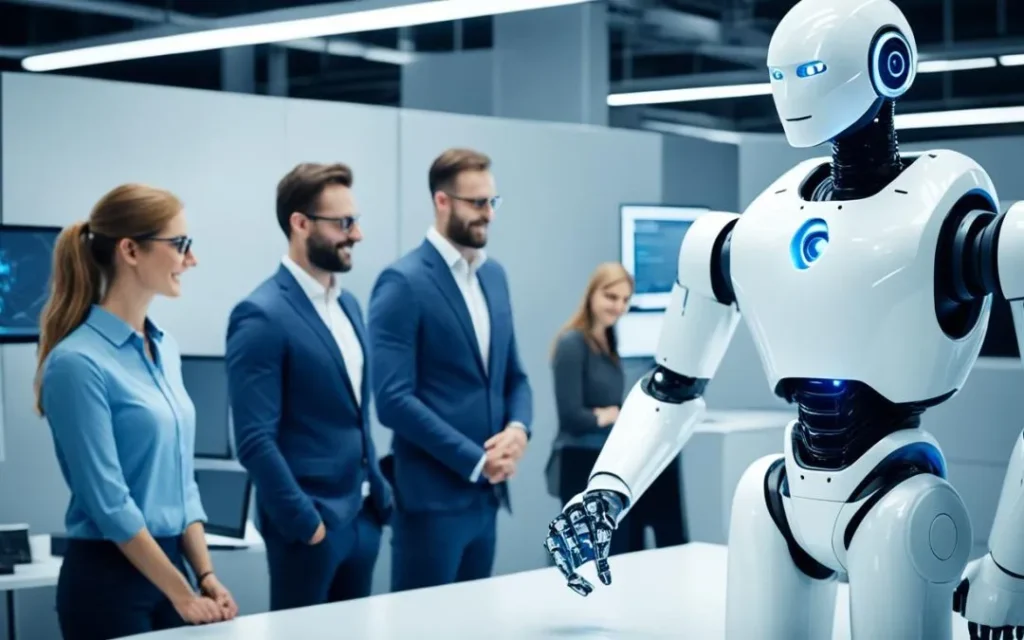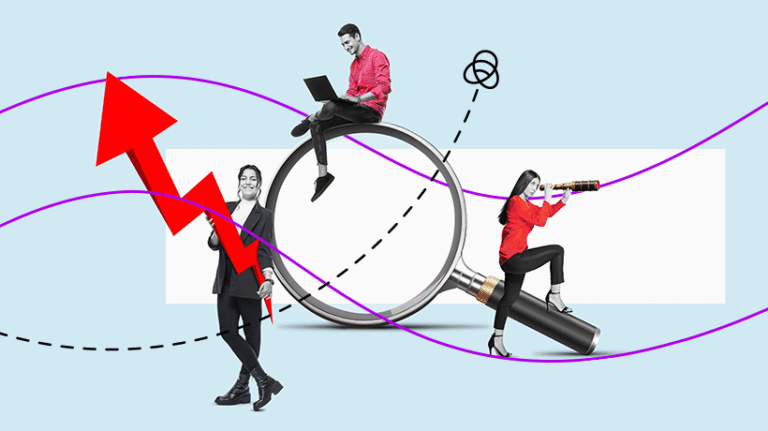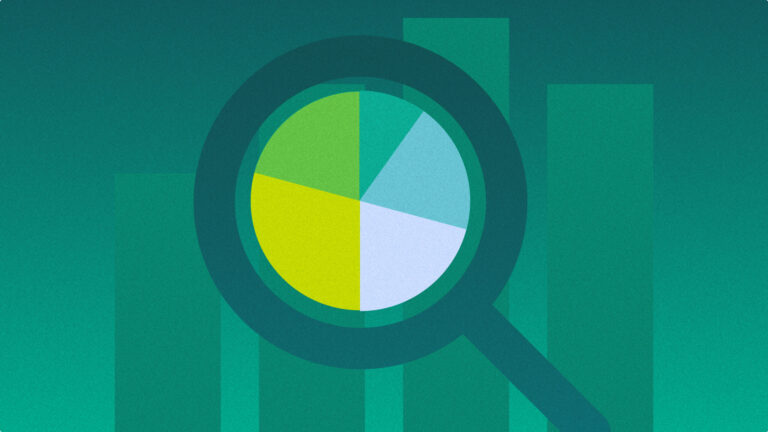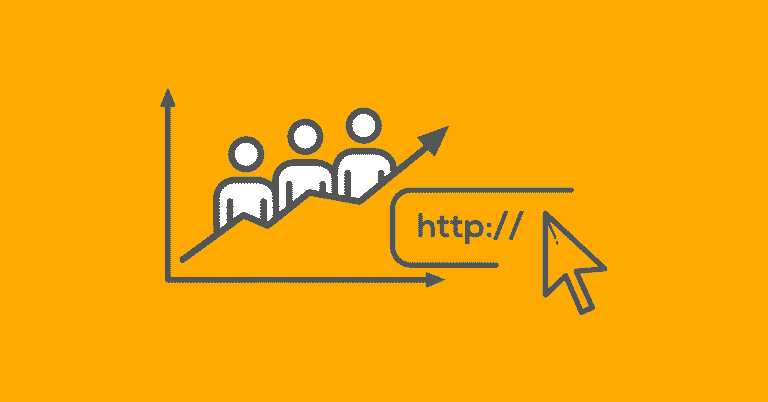The workplace in Australia is evolving rapidly, driven by advances in Artificial Intelligence (AI) and automation. As these technologies continue to reshape industries, businesses are finding new ways to integrate them into their operations to boost productivity, reduce costs, and enhance customer experiences. However, there is a prevailing question on many minds: what will the future of work look like in Australia?
Rather than replacing humans, AI and automation are working in tandem with human intelligence, creating opportunities for more effective collaboration and a shift in the types of roles available in the workforce. In this blog, we’ll explore the future of work in Australia through the lens of AI, automation, and human collaboration, and how Australian businesses are preparing for this transformative shift.
1. AI & Automation: The Rise of New Technology in the Workplace
AI and automation are no longer science fiction—they are transforming the Australian workplace right now. These technologies are being used to automate repetitive tasks, augment decision-making, and enhance productivity across industries like manufacturing, retail, healthcare, finance, and more.
In the manufacturing sector, for example, robotic process automation (RPA) is already being used to handle tasks like assembly line work, quality control, and inventory management. Meanwhile, in the retail industry, businesses are integrating AI-driven chatbots and automated inventory systems to improve customer service and streamline operations. Even in more traditional sectors like law and accounting, AI tools are helping professionals analyze large volumes of data, reducing the time spent on administrative tasks.
Take Commonwealth Bank of Australia (CBA), for instance, which has implemented AI in its fraud detection systems, analyzing transactions in real time to identify suspicious activity. This not only increases security but also frees up human employees to focus on more complex issues, enhancing both efficiency and customer trust.
2. AI and Automation: Enhancing Human Capabilities, Not Replacing Them
A common fear surrounding AI and automation is that they will eliminate jobs, leaving workers displaced. However, experts argue that these technologies are not meant to replace humans—they are designed to enhance human capabilities and enable workers to focus on higher-value tasks.
For example, in healthcare, AI-powered diagnostic tools like IBM’s Watson are helping doctors process vast amounts of medical data to make quicker, more accurate decisions. While the AI performs complex data analysis, doctors and nurses can focus more on patient care, empathy, and providing personalized treatment.
Similarly, in industries like customer service, AI-driven chatbots can handle routine inquiries like order tracking or basic troubleshooting. This enables human agents to focus on more complicated cases that require emotional intelligence, creativity, and problem-solving skills—areas where humans still excel.
Sydney-based startup, Flamingo AI, offers an AI-driven platform designed to enhance customer service teams by providing insights and automating routine tasks. Their platform allows human agents to handle more complex interactions while AI takes care of the repetitive, time-consuming tasks.
3. Job Creation: New Roles and Skills for the Future
While AI and automation may change the nature of work, they also create new opportunities. As technologies evolve, there is a growing demand for employees who can work with AI and understand how to leverage its capabilities. New roles and skills are emerging in Australia, and businesses are looking for employees who can thrive in a tech-driven environment.
Jobs in AI development, machine learning, data science, and robotics are already in high demand. Australia is investing heavily in upskilling programs to ensure that its workforce is prepared for these changes. Universities and institutions across the country are offering specialized courses in these fields, and businesses are increasingly looking for employees with expertise in digital literacy, AI ethics, and data analysis.
For example, Australia’s Department of Education has launched initiatives aimed at upskilling the Australian workforce in STEM (science, technology, engineering, and mathematics) to meet the demands of emerging technologies like AI. As automation takes over more administrative tasks, there will be an increasing need for workers with the ability to design, monitor, and improve automated systems.
Furthermore, roles like AI trainers (those who teach AI systems to understand human behavior) and AI ethicists (who focus on ensuring AI systems make fair, ethical decisions) will become more prevalent as businesses look to ensure their AI tools are both effective and responsible.
4. Collaborative Work Environments: Humans and AI Working Together
The future of work in Australia will not be about AI vs. humans, but about AI and humans working together in a more collaborative, efficient environment. In fact, the most successful businesses in the future will be those that integrate AI and automation to complement human abilities rather than replace them.
Imagine a scenario where an AI system assists a project manager by analyzing data from past projects, predicting future challenges, and providing insights on resource allocation. At the same time, the manager can use their human intuition and experience to make decisions that require a deep understanding of company culture, team dynamics, and customer relationships.
In the education sector, AI-driven platforms can help teachers by automating grading and personalizing lesson plans based on individual student performance. Teachers can then focus on building relationships, mentoring students, and providing emotional and social support—things that AI cannot replicate.
Companies like Atlassian and Canva, both Australian-born tech giants, are already embracing this hybrid approach by integrating AI tools to enhance their creative workflows while maintaining a strong human-centric company culture. Atlassian, for example, uses AI to streamline team collaboration and project management tasks, allowing employees to focus more on innovation and problem-solving.
5. Remote Work: The Intersection of AI, Automation, and Flexibility
One of the most significant changes to the Australian workforce in recent years has been the rise of remote work. The COVID-19 pandemic accelerated the adoption of remote work technologies, and many businesses in Australia are now embracing hybrid work models, where employees split their time between home and the office.
AI and automation are playing a critical role in facilitating remote work. Tools like Slack, Zoom, and Trello are powered by AI and automation, helping teams stay connected, manage projects, and collaborate seamlessly. AI-driven virtual assistants are now helping workers manage their schedules, automate routine tasks, and improve work-life balance by providing reminders and alerts for important meetings and deadlines.
The future of remote work in Australia will likely see even more integration of AI-powered tools that make it easier for employees to manage workloads, improve productivity, and maintain personal well-being. Businesses that embrace these technologies will be better equipped to support flexible work environments that cater to the needs of the modern workforce.
6. AI Ethics: Navigating the Challenges Ahead
As AI and automation become more ingrained in the workplace, ethical considerations will play a significant role in shaping the future of work. AI has the potential to introduce biases, raise concerns about data privacy, and impact decision-making processes in ways that could undermine trust.
Australian businesses will need to establish robust ethical frameworks to ensure that their AI systems are transparent, fair, and accountable. Governments and organizations across the country are beginning to address these issues, with initiatives like the Australian AI Ethics Framework, which sets guidelines for the responsible use of AI technology.
AI ethics will be particularly important in industries like recruitment, healthcare, and finance, where automated decision-making could have significant impacts on people’s lives. Ensuring that AI systems are used ethically and responsibly will be crucial for fostering trust between businesses, employees, and customers.
7. Adapting to Change: Building a Future-Ready Workforce
To ensure that Australia’s workforce is ready for the future, businesses, educational institutions, and government bodies must invest in skills development, continuous learning, and innovation. The future of work in Australia will require workers to be adaptable, tech-savvy, and proactive in learning new skills.
Australian businesses are already embracing the idea of lifelong learning, offering employees opportunities to upskill and adapt to new technologies. This investment in continuous learning will ensure that Australia’s workforce remains competitive, productive, and prepared for the future of work.
Conclusion: A Future of Collaboration, Not Competition
The future of work in Australia is bright, and it’s one where AI, automation, and human collaboration work together to drive productivity, innovation, and growth. While these technologies will change the landscape of work, they are not here to replace humans—they are here to enhance human capabilities, unlock new opportunities, and create a more dynamic and flexible workforce.
As Australian businesses continue to integrate AI and automation, the focus will be on collaboration, not competition. The key to success will lie in embracing technology to complement human skills, creating a workforce that is more innovative, agile, and ready for the challenges of tomorrow.
The future of work is not about machines replacing humans—it’s about humans and machines working together to create a better, more efficient, and more collaborative workplace.








